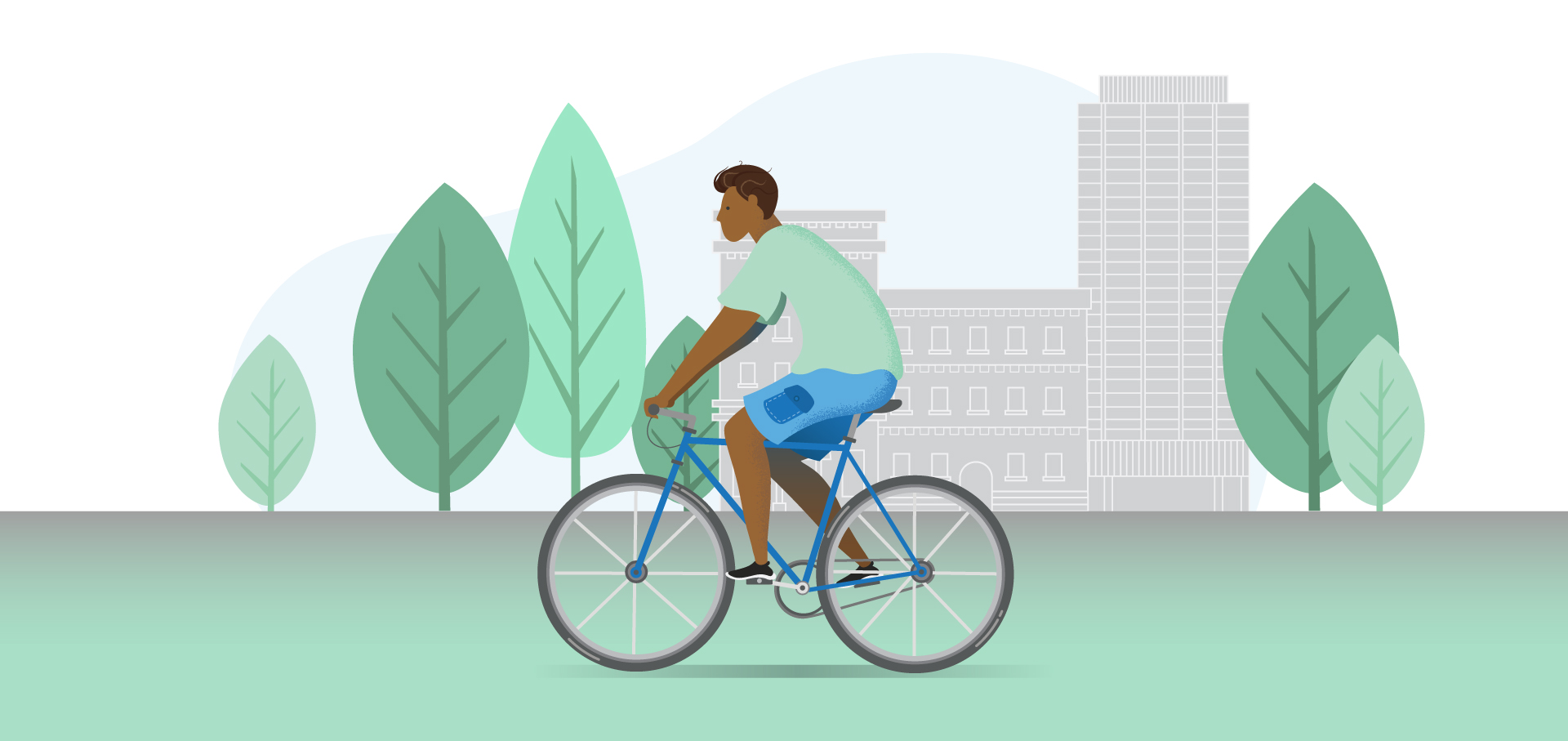Article written by Lynda Lukasik. Retrieved from Hamilton Spectator May 2016.
I’m a woman and I ride a bike. And I don’t just stick to the recreational trails and quiet side streets. I’m a commuter cyclist with a daily ride that amounts to just over 20 kms round trip. I’ve made the choice to commute by bike for many reasons including my deep concern about the state and fate of our earth, my need to integrate exercise into my daily life in a practical way, and, heck, because it’s an easy way to save money on commuting costs. I also find that cycling is an incredibly empowering way to move around the city; I can pedal my way to pretty much anywhere I need to go day or night.
Despite all of these wonderful benefits of cycling, research has shown that women commuter cyclists constitute the minority in cycling populations in most North American urban centres. And when you consider female cyclists in the 45+ age range like me, we’re as good as an endangered species!
While there may be many reasons why women don’t ride, one appears to stand out as a fundamental barrier – the lack of safe and extensive cycling infrastructure in most North American cities. These same cities tend to be places where cars and car infrastructure dominate the urban streetscape. In a typical North American city, women make up just 25% to 30% of all cyclists (The Guardian 2015). Contrast that to a country like the Netherlands, where cycling infrastructure abounds and 55% of cyclists are women! (Scientific American 2009). Build safe, extensive cycling infrastructure and they will ride!
Researchers have confirmed again and again that we women cyclists tend to be a more cautious bunch and our reluctance to ride is strongly connected to the state of cycling infrastructure in a city. Gil Penalosa has referred to women riders as ‘indicator species’ for good cycling infrastructure. Indicator species provide insight into the state of an ecosystem – in this case the state of the urban cycling ecosystem. City builders like Penalosa, interested in creating ‘complete streets’ that are safe for everyone from kids to seniors, have learned that a sure sign of success on the cycling infrastructure side of things is a population of cyclists equally represented by both genders. Wonky gender ratios mean more needs to be done!
All of this information about gender ratios and the correlation to lack of safe cycling infrastructure compelled me to do my own informal surveys on my daily commute. While my ‘survey on wheels’ approach to gathering cyclist gender ratio data does not constitute the most rigorous research methodology, it does provide a ballpark sense of where we are at in Hamilton on this issue. I wasn’t surprised to see that just one out of every five cyclists I observed on my rides was a woman, putting Hamilton in line if not below the percentages in most other North American cities. Hamilton has some way to go before we reach gender parity for cyclists riding in our city. I should add one important caveat here. While my informal survey confirms a significant degree of gender disparity within the general cycling population, there are signs of hope where the gender split of SoBi bike share users are concerned. SoBi representatives have confirmed that gender parity exists amongst their riders. This makes me wonder whether offering easily accessible, sturdy bikes to increase the convenience of cycling for short trip use has helped to get more women riding.
There are many important reasons why we all need to care about the current state of affairs where cycling in our city is concerned. The core message from researchers is build it safe and women will ride. But the impact goes much further than this – if you provide safe and comprehensive cycling infrastructure, more men will ride too (along with kids and seniors). That elusive quest to see more people make sustainable transportation choices might become a little less elusive as a result. More cyclists means healthier, more active people, cleaner air, and enhanced customer traffic for local businesses located along those safe and well-used cycling routes. And, dare I say, another benefit might be the potential for reduced traffic volumes over time if enough people make this modal shift away from car to bike either for commuting or as the favoured mode for running errands in our own neighbourhoods.
In the meantime, whether you’re a woman or a man, ride already or are willing to dust off that old CCM bike you’ve got stored in your basement and give it a go, consider making a commitment to bike to work on May 30th. The more of us on the street demanding better infrastructure, the better things will get! There is strength in numbers and joining in on Bike to Work Day is a great way to test out a route and establish a comfort level with this wonderful way of moving around our city. There is still plenty of work to do to make Hamilton’s streets cycle-friendly – but we’re heading in the right direction.
Lynda Lukasik is the Executive Director of Environment Hamilton and a member of Cycle Hamilton’s Advocacy Committee. She will be leading a ride on Bike to Work Day – May 30th – departing from Eastgate Square at 7am, stopping at the Cannon Coffee Shop at 7:20 – and finishing at Hamilton City Hall for the 8am festivities. Join her – she’d love the company!

